
Demonstrating business resilience in an ever-changing world
Has the world around us ever felt so uncertain? It’s a pertinent question to ask with the world still reeling from the once-in-a-lifetime disruption of the pandemic, and facing the threats of climate change, war in Europe and almost unprecedented levels of inflation which is placing a squeeze on even the most robust of household budgets.
Since the turn of the new decade, businesses have had to deal with a number of challenges, often adapting to huge turns of events with minimal warning. If the last two years have taught us anything, it’s reaffirmed the fact that all businesses of all shapes and sizes need to be able to demonstrate a high degree of business resilience, so they can continue to operate effectively in times of great change and uncertainty.

APIs or custom AI? Everything businesses need to know before taking the leap
The call to implement Artificial Intelligence (AI) is becoming difficult for businesses to ignore. Offering the promise of increased organizational productivity, speed and accuracy, some applications can be greatly beneficial to firms across a wide variety of industries and sectors.
That said, companies will naturally have some difficulty deciding on how best to implement AI, and where to achieve the best return on investment in innovative technology. Given the inherent difficulties involved in building an AI solution, finding a solution that is the perfect fit can be a mammoth task, involving great resource and even greater costs. For some, the drawbacks might even outweigh the benefits; perhaps this is why less than 15 percent of firms have implemented AI in their operations.
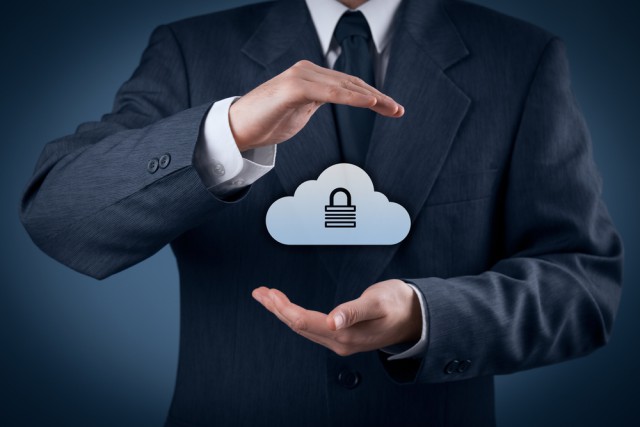
Five steps to a secure cloud architecture
Policy as code is central to establishing and maintaining secure cloud architecture by enabling security teams to impart their knowledge across the organization in a common, machine-readable language.
Cloud computing cyberattacks don’t play out like the scenes from Hollywood thrillers. No one is slowly lowering Tom Cruise into a preselected target’s secure data center equipped with ultrasensitive noise, temperature and motion detectors so he can steal a specific file.
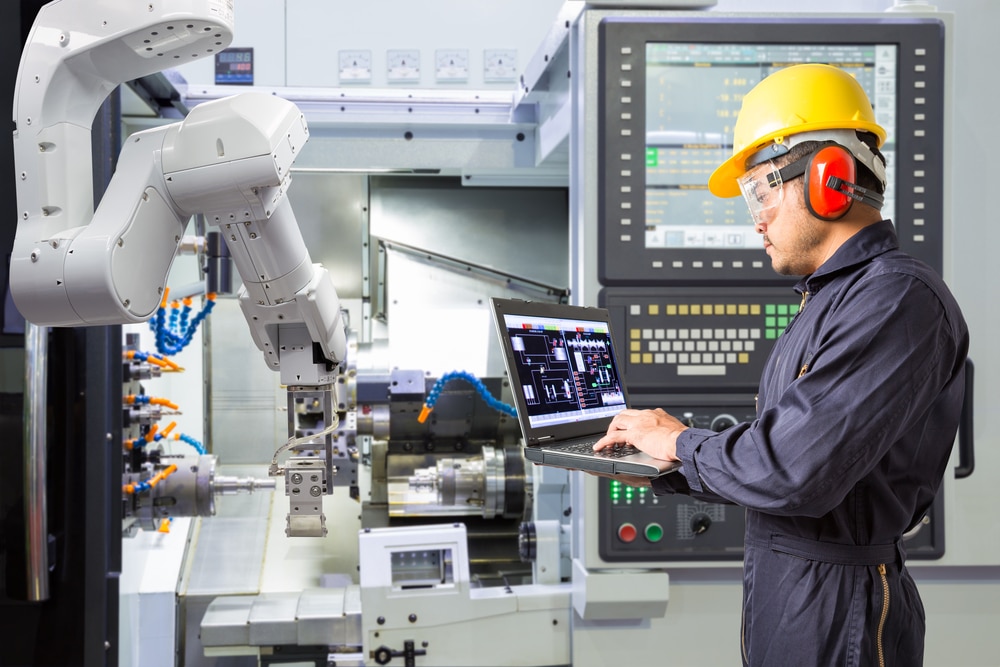
Are robotics set to play a starring role in the next ten years of British manufacturing?
Technology is constantly changing our day-to-day lives and has had a particular impact on the working world. Automation is fast becoming a key conversation within multiple industries in Great Britain, including manufacturing with robotics emerging as the solution.
Over the past few years, a need to move towards more automation in the manufacturing industry has been seen. In fact, a survey done by ABB Robotics found that of 250 SME and manufacturing companies, 81.2 percent were considering incorporating robotics into their processes to combat issues with workforce shortages and supply chain disruptions.

The secret sauce to finding files, emails and other enterprise data
Finding the right file, email and other internal data without enterprise search is like grilling without barbecue sauce. It is theoretically possible, but who would even want to try?
While Internet search engines like Google specialize in directing you to the right website, enterprise search products do a deep dive into an organization’s own data. The secret sauce to enterprise search is indexing. Indexing "pre-processes" Microsoft Office files, PDFs, emails plus attachments, compressed archives and other web-ready data.

Why data lineage matters and why it's so challenging
Change introduces risk. It’s one of those foundational principles of software development that most of us learned very early in our careers. Nevertheless, it always seems to keep cropping up in spite of those repeated life lessons. Our inability to foresee the impact of changes, even small ones, often leads to negative outcomes.
As the complexity of interconnected IT systems has increased, this problem has grown worse. It’s harder and harder to predict how even a small modification might impact systems upstream or downstream of the change. Data lineage accomplishes that, but it’s extraordinarily difficult to do data lineage well.

Top 5 issues IT departments face in 2022 and how IT pros can face these challenges
Over the past two years, IT departments have faced numerous unprecedented challenges. The rapid shift to remote work is chief among them.
However, as we progress through 2022, employees are no longer working from just their homes; they are working from everywhere. Hybrid work is becoming the norm, and with that comes significant challenges for IT Managers and departments.
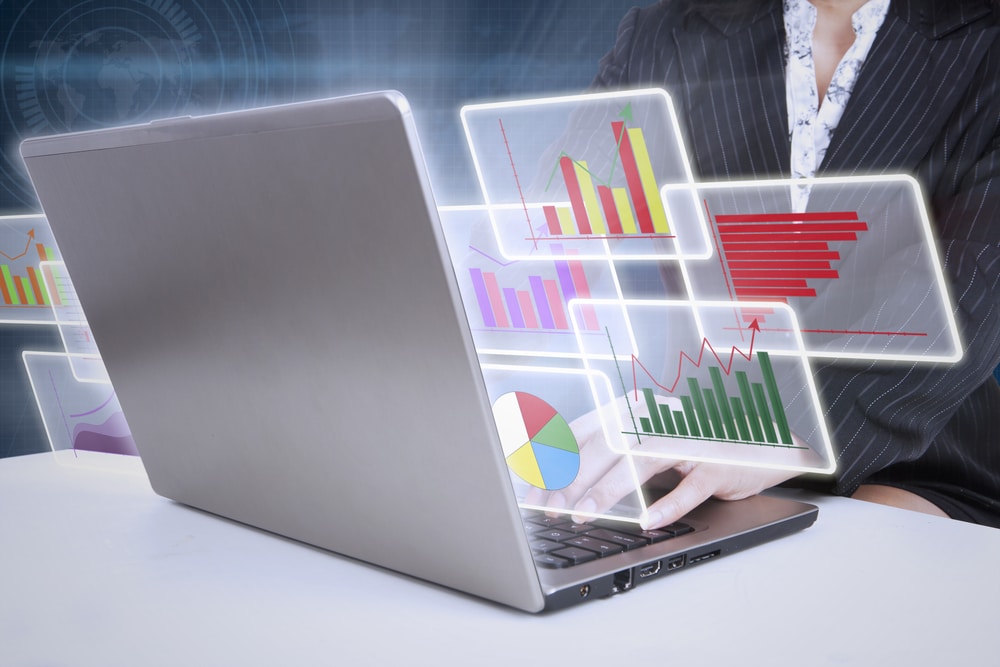
Three steps to turn data into an indispensable strategic tool
While 'data is the new oil' has become something of a cliché, it's undeniably true. Gartner reports that 90 percent of corporate strategies will explicitly class information as a critical enterprise asset by the end of 2022. Yet, information can only be powerful when it is put to work. Which is why the UK government and industry regulators (such as Ofwat) have set out strategies that encourage organizations to put data to use.
However, making data usable isn't always straightforward. Data doesn't come pre-packaged into customer next best actions and strategic tips. In fact, data analysis is often compared to panning for gold. Not all data is useful and you need to connect the dots to make it relevant -- when you consider the volume of data managed by the average company has grown to 162.9TB, that's one big river to pan.

Fighting the rising tide of rogue apps
We're battling a swell of rogue apps, and companies and consumers alike are struggling to keep their heads above water as these applications quickly become the tool of choice for fraudsters. According to our recent fraud data, rogue apps now make up 39 percent of global fraud attacks, growing at a rate of 50 percent per quarter.
Rogue apps attempt to impersonate a brand's application with the intent of committing financial fraud. They have the ability to wreak havoc on consumers and organizations alike, with financial institutions being a particular target.
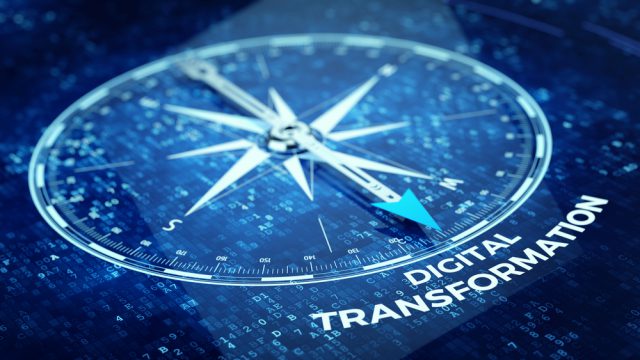
A human-centric approach is key to unlocking digital transformation success
The information age has gone through many phases, but one thing has always remained true -- the constant acceleration of evolution. This acceleration hasn’t always been consistent, but we’ve seen another leap in the already high urgency for businesses to adopt new tools, services, and technologies boom again with the growth of hybrid working.
Enterprises have become laser-focused on what will help hybrid workers be as productive as they were in the traditional office space -- wherever they choose to work. But knowing what technology and software are best to invest in to maintain -- or even boost -- productivity is not always a simple task.

How secure is your supply chain?
Supply chains are fast becoming one of the top targets for cyber criminals, so when it comes to supply chain risk management, organizations in every industry need to start paying more attention.
While the vast majority of business leaders recognize that cybersecurity is now a key priority, the UK’s Department for Digital, Culture, Media and Sport (DCMS) recently noted that in too many instances, actions aren’t keeping up with intentions. In fact, nearly a third of UK companies admitted they aren’t currently taking any preventative action at all.
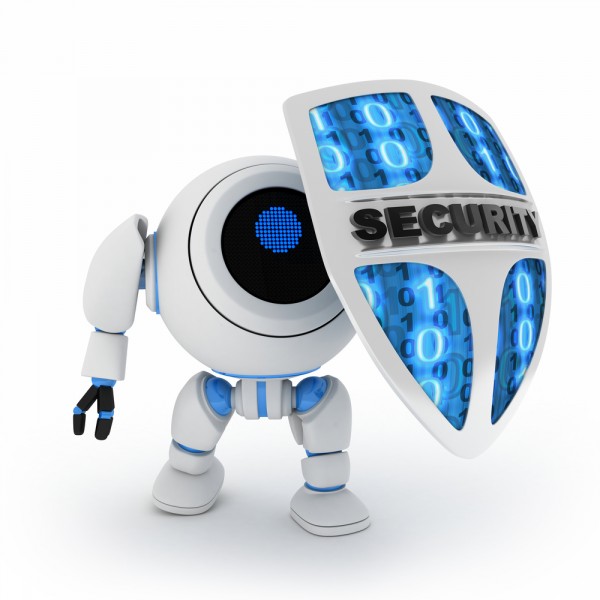
The current state of intelligent automation adoption in cybersecurity
In the past year, research indicates that nearly a third of organizations have accelerated their plans to automate key security and IR processes, whilst another 85 percent plan on automating them in the next 12 months.
Despite the positivity of these statistics, many organizations struggle to change to a more automated process. This was highlighted at a recent webinar we held with a panel of senior cybersecurity experts from a multitude of sectors. The discussion revealed that, while most organizations are exploring automation, few have made significant progress and they attributed this to a combination of factors including needing an improved understanding of automation, increased help from vendors and a lack of good IT foundations.

Employee burnout: The financial impact to businesses and how to tackle it
Customers are always at the heart of a business. In fact, company owners, managers and their employees often go out of their way to please and satisfy every client’s needs. There is no hiding that this can be a tiring and demanding process, and it can eventually end up having a detrimental impact on a business' biggest asset: its employees.
Without adequate support and precautions, workers can face burnout. Not only will this put their physical and mental wellbeing to the test, but it can also conceal serious implications for the business itself. Stressed and unhappy employees can be more difficult to manage and -- in the long term -- could have pricey consequences on the company’s finances.

Four reasons you should go digital in your asset management
Managing assets is an important but laborious task. It can be difficult to track the location, condition or repair history of individual assets, and surveys are highly costly and time-consuming.
It’s likely your work is being doubled-up and digging out asset data requires you to locate the one CAFM super-user on your site, or you end up relying on pieces of paper, only to input the data at a later time.

How Fortune 1000s can get privileged access management right
Privileged access management is not a new concept to most IT and security leaders, but we’ve seen a surge in cyber incidents focused on exploiting privileged access that have renewed its importance. From the Windows Print Spooler vulnerability of 2021 to the Okta breach that impacted hundreds of companies earlier this year, attackers continue to gain access through vulnerable credentials and use that access to move laterally and cause trouble at rapid speeds for Fortune 1000 organizations. While breaches happen, it’s unfortunate when something as simple as privileged access management could have thwarted the attackers.
As geopolitical tensions continue to rise on the cybersecurity front, it’s clear no one is spared from cyberattacks. With that, it’s more critical than ever before for organizations to closely review current privileged access management policies and solutions. Here are some best practices to think about when deciding how to approach PAM properly and securely.

